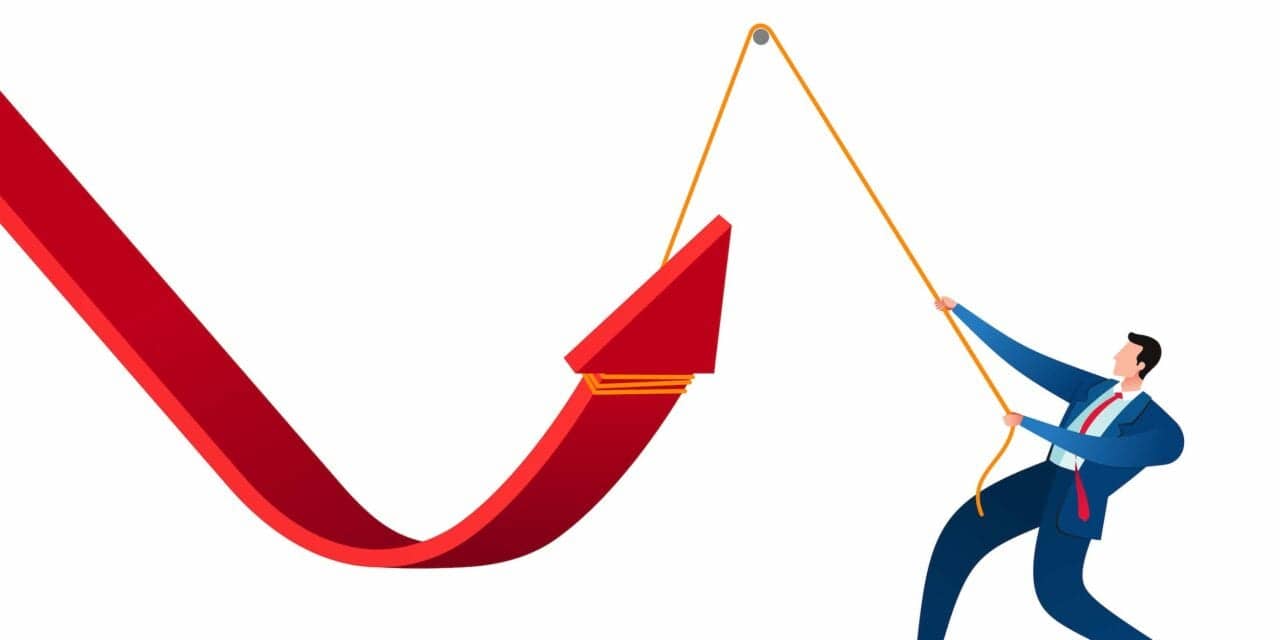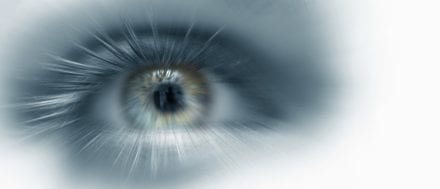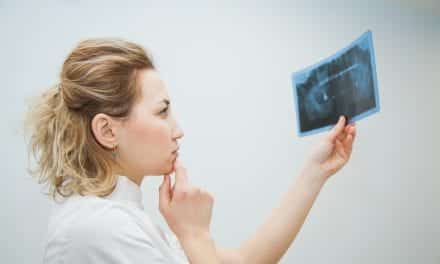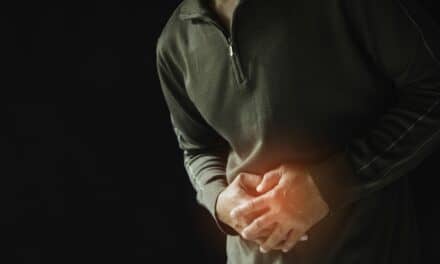A dentist who makes oral appliances for obstructive sleep apnea explains his secret to great patient outcomes.
By Jason Ehtessabian, DDS, DABDSM, DASBA, DACCSDD
There are a multitude of reasons that we, as dentists, may fail in the dental treatment of sleep apnea: jaw pain, bite changes, open embrasures causing food impaction, increased drooling, size and/or material selection of the oral appliance, patient compliance. But I would like to focus on one reason: results.
I occasionally have a patient ask me what our success rates are with oral appliance therapy in the treatment of sleep apnea. It’s an awesome question, and one that can be answered several different ways. Some may define success as reducing the apnea-hypopnea index (AHI) to less than 5; some may define it as elimination of the patient’s symptoms and reducing the AHI to less than 10; still others define success as reducing the AHI by half of the diagnostic AHI.
A great thing about being a dentist involved with the treatment of sleep apnea is…I am not the one who defines success for the patient. That is the job of the referring sleep physician. One sleep physician may have a different opinion about what is a “successful” outcome with oral appliance therapy than another sleep physician.
My job is never to question the sleep physician but to work together with them to obtain the desired results. Failures happen in general dentistry but not very often. If a dentist performs a filling and it falls out—that is a failure. If a dentist places a crown that breaks—that is a failure.
But failures happen often in the treatment of sleep apnea, whether it be the failure to comply with CPAP or the failure to achieve optimal outcomes with oral appliance therapy or with surgical therapy. How we respond to these failures separates a good practice from a great practice.
[RELATED: How I Transitioned My Dental Practice to a Dental Sleep Medicine Practice]
I have the luxury of practicing with a world-class sleep physician in Keith Swartz, MD. Dr Swartz is board certified as both an ENT and a sleep physician. He reads our follow-up sleep studies and makes recommendations based on symptomatic resolution and the study results, as well as an evaluation of the physical sites of obstruction. For partial responders to oral appliance therapy, we are able to initiate “hybrid therapy.” Sometimes hybrid therapy is as simple as adding a corticosteroid nasal spray to oral appliance therapy; other times it may be radiofrequency ablation of the soft palate, a nasal septal deviation repair, or a turbinate reduction in combination with the oral appliance. Sometimes the oral appliance is abandoned completely in favor of an alternate standalone therapy such as hypoglossal nerve stimulation.
Unfortunately, there are not enough Dr Swartzes in the world. There are not enough ENTs who are double board-certified as sleep physicians, looking to individualize patient care. And there are too many dentists, who, for whatever reason, think it’s their place to insert themselves into the decision-making process of the patient and their doctor by recommending oral appliance therapy to patients.
I don’t believe a dentist should ever recommend the course of therapy for patients with sleep apnea. That stance may not make me very popular with my dentist friends, but it’s the truth. Dentists have only one way to treat sleep apnea patients, so I believe an ethical contraindication is present when a dentist recommends oral appliance therapy. The recommendation for the most appropriate course of therapy needs to come from the patient’s physician.
I have lots of patients who come into my office and say something to the effect of, “You made a dental appliance for my neighbor and they loved it. Can you make me one?” My answer is always guarded. Because to achieve the best clinical outcomes, dentists need to be teamed up with a sleep physician who can direct patient care. So, I respond with something like, “I’m glad that we achieved such an excellent result for your neighbor, but oral appliance therapy is not the best treatment for everyone. You need to talk with your doctor and decide what your best option is. If you and your doctor decide that oral appliance therapy is the best course of action, our office would be honored to do everything we can to get the best results for you.”
[RELATED: Bidirectional Referrals Between Dentists and Physicians, Simplified]
Many dentists have been trained to believe that oral appliance therapy is the best option for every patient. It is not. Just like CPAP is not. Just like surgery is not. Individualized care is the best patient care.
So, what do I do when the results of a follow-up sleep study (with the oral appliance in place) aren’t what we were hoping for? I follow the lead of the patient’s sleep physician. I follow the lead of Dr Swartz.
If I can change the vertical or protrusive position of the appliance to achieve better results, of course we explore that. If I can change the design of the appliance to incorporate a more stable airway—an option with the Oventus O2 Vent appliance, which I’ve done consulting for—I will definitely explore that. Sometimes the patient is a complete non-responder to oral appliance therapy and we will bail.
The flow chart for patient treatment usually follows a path similar to: CPAP, then oral appliance, then surgery. Not always. Sometimes the patient will deny a CPAP and oral appliance will become firstline treatment. Sometimes a patient will deny both CPAP and oral appliance therapy and surgical intervention will become firstline treatment. Sometimes supplemental oxygen will be added by the patient’s sleep physician to oral appliance therapy. Sometimes a patient will use both CPAP and oral appliance therapy concurrently. None of these scenarios involve the dentist recommending what course of therapy is best for the patient.
If a dental appliance is chosen as a treatment of choice, working closely with the physician is a must—otherwise if the results aren’t optimal, the dentist is stuck. The dentist is not trained like the ENT to perform a Muller’s maneuver or drug-induced sleep endoscopy (DISE) to evaluate where and how the airway is collapsing. The dentist is not trained to evaluate the effects of residual hypoxemia that may be present with the oral appliance in place. The dentist is not trained to evaluate the potential cardiovascular risk of any residual apnea that may remain with the oral appliance in place.
The dentist can play an incredibly valuable role in the treatment of sleep apnea—but deciding the oral appliance is the best treatment option for a patient or deciding when a patient has been appropriately treated with a dental appliance does not fall into the dentist’s role.
Interestingly enough, the American Academy of Dental Sleep Medicine (AADSM) recently released a position paper stating that dentists should be allowed to order home sleep studies. The AADSM makes a good point in saying that patients can already order studies directly online—so why shouldn’t their dentist be able to order them too?1 The only problem is the lack of dentists working with sleep physicians. If a dentist orders a sleep study and an out-of-state sleep physician reads the study and prescribes oral appliance therapy, then great! The dentist has the opportunity to perform a procedure that can potentially make a huge difference in the patient’s overall health and quality of life. But an issue arises when optimal results are not achieved. How is this addressed when the sleep physician who ordered the dental appliance is out of state?
I don’t know the answer to this because this isn’t the way the dental treatment of sleep apnea should be performed. But I assume it involves the dentist saying something like, “Well, we reduced your apnea with the dental appliance but we still have some apnea even with the dental appliance. It’s better than nothing. Since you’re not going to wear your CPAP, I would advise you to keep using the dental appliance.” My hope is that dental sleep medicine practitioners can understand why this scenario is a problem. Better outcomes can be achieved through hybrid care. If a dentist chooses to go this route and have an out-of-state sleep physician diagnose their patient and prescribe oral appliance therapy, then the dentist also needs to have a great network of local doctors to work with if/when suboptimal results occur.
I never take credit for the great outcomes that we achieve. I know I couldn’t get the same results if I was attempting to treat patients by myself. Dr Swartz can perform a Muller maneuver or a DISE and see a concentric collapse of the airway, a malformation of the epiglottis, or other types of obstruction that would cause the patient to be non-responsive to an oral appliance. He has saved me from failure before I even had a chance to fail on my own. When residual hypoxemia is still present with oral appliance therapy, Dr Swartz can prescribe supplemental oxygen to be used concurrently. He can also perform surgical procedures that can be utilized for hybrid care in patients whose apnea is not completely resolved with oral appliance therapy.

So how do I handle failure with an oral appliance? I don’t. I focus on building a comfortable dental appliance that the patient can wear. I use the appliance to place the jaw in the best position to maximize airflow for that individual patient. Then I get the patient back to Dr Swartz to evaluate the efficacy of the oral appliance. If further treatment is necessary to achieve the best results, then I put my trust in Dr Swartz that he will do everything he can to get the best results. I do my part. My part is not the whole thing.
If my feelings were hurt by not reducing the AHI to less than 5 for every case that I treat, my feelings would be hurt often. A large ego is not a good thing for a dentist in the treatment of sleep apnea. It will get checked quickly and get checked hard.
As the popularity of the dental treatment of sleep apnea increases, a focus needs to remain on what is best for each individual patient. Collaborative care is the key to treatment initiation but also to addressing treatment failure. Many failures can be avoided through the utilization of hybrid therapy. Our patients win when we, as professionals, work together.
We all need to embrace failure when treating obstructive sleep apnea syndrome. Failures occur with CPAP therapy, oral appliance therapy, and with surgery. A methodical approach with a multidisciplinary evaluation and management protocol is key. Understanding that partnership with a like-minded ENT who can contribute to the reduction in overall airway resistance through hybrid medical and surgical therapy is where success lies.
Jason Ehtessabian, DDS, DABDSM, DASBA, DACCSDD, is dental director of Refresh Snoring & Sleep Apnea Center in Castle Rock, Colo.
Reference
- Schwartz D, Adame M, Addy N, et al. American Academy of Dental Sleep Medicine position on the scope of practice for dentists ordering or administering home sleep apnea tests. JDSM. 2020;7(4).
Illustration 135207598 © Rijal Muttaqin – Dreamstime.com





